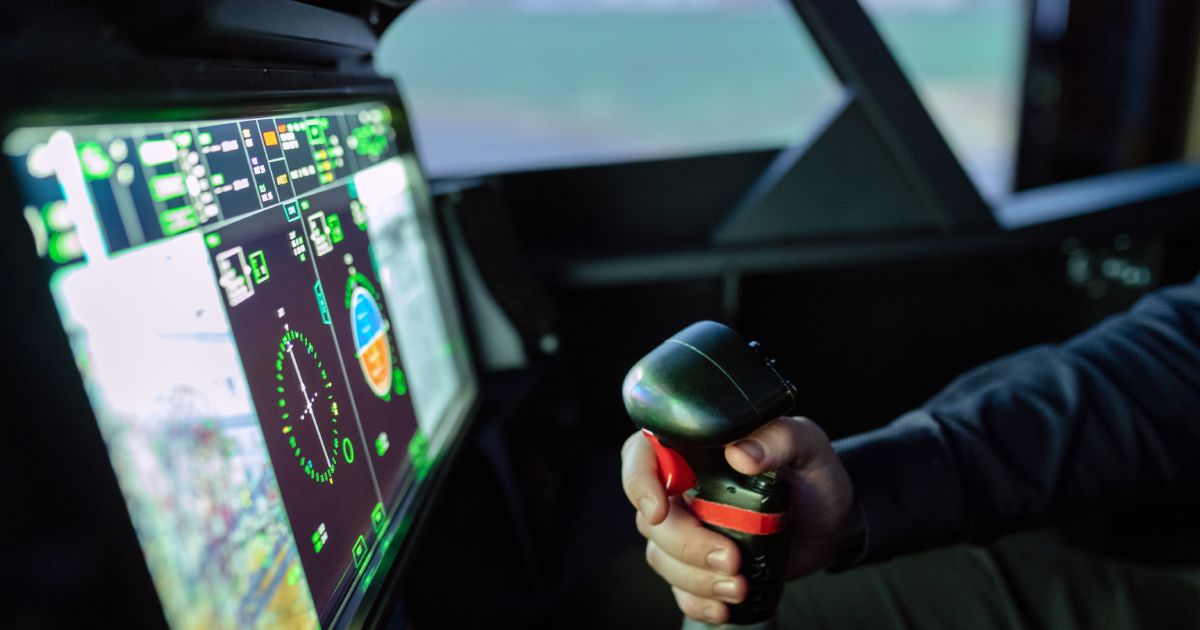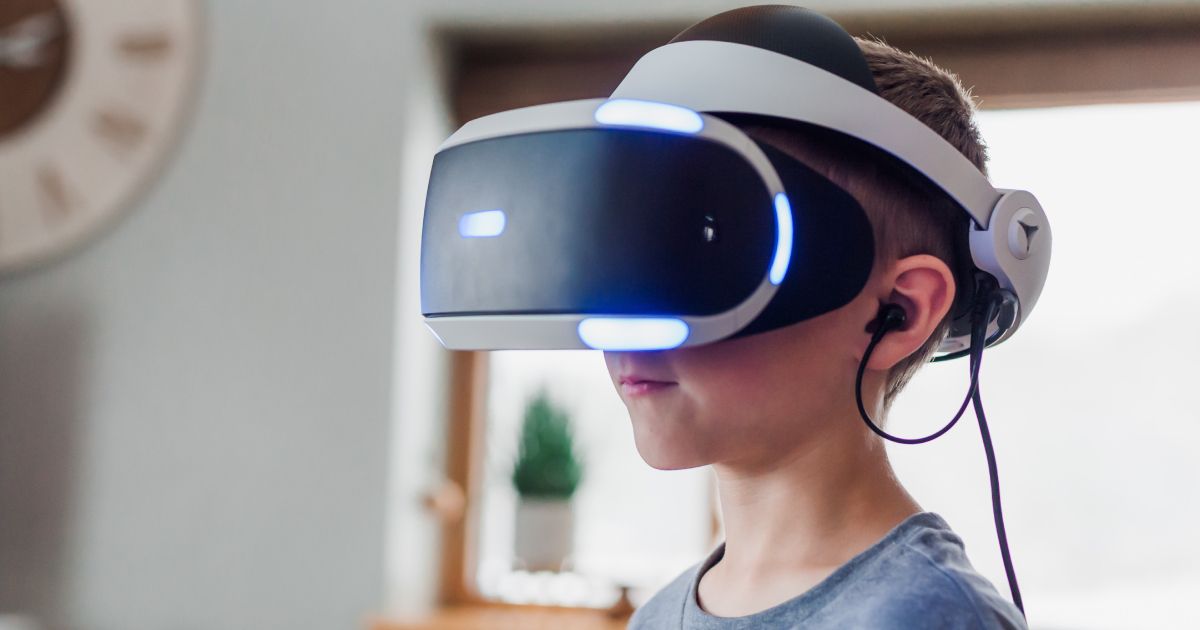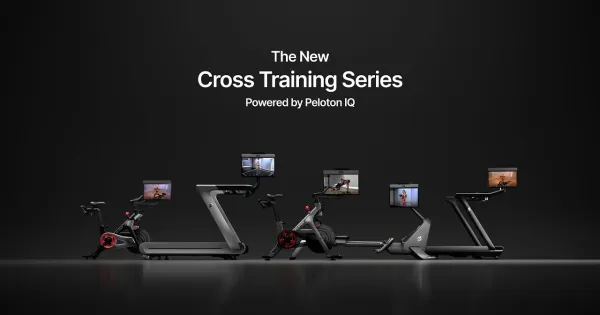Virtual Reality: The Future of Training and Education

Virtual Reality (VR) has revolutionized various industries, and its impact on training and education is no exception. With its immersive and interactive nature, VR technology offers unique opportunities to enhance learning experiences and improve training effectiveness.
This article delves into the potential of virtual reality in training and education, exploring its benefits, applications, and future possibilities.
1) Enhancing Immersive Learning Experiences

Virtual reality (VR) technology offers an immersive and interactive experience that transports learners into simulated environments, providing a unique and engaging learning experience. By wearing a VR headset, learners can enter a three-dimensional virtual world that replicates real-life scenarios and situations.
One of the key advantages of virtual reality is its ability to create a sense of presence, making learners feel as if they are physically present within the virtual environment. This heightened level of immersion enables learners to actively engage with the content and experience realistic situations, enhancing their understanding and retention of knowledge.
From medical simulations to flight training, VR opens doors to realistic and hands-on learning experiences.
2) Fostering Experiential Learning

Virtual reality (VR) technology opens up new possibilities for experiential learning, allowing learners to actively engage and participate in their educational experiences.
By wearing a VR headset, learners are transported into virtual environments that replicate real-world scenarios, enabling them to engage in hands-on exploration and immersive learning.
In virtual reality, learners can explore various simulated scenarios and environments that closely resemble real-world situations. For example, in a VR-based science lesson, students can virtually visit different ecosystems, conduct virtual experiments, and observe scientific phenomena up close. By actively engaging with the virtual environment, learners can develop a deeper understanding of the subject matter and gain practical skills through hands-on practice.
Furthermore, VR enables learners to overcome limitations of time, space, and accessibility. It allows learners to access experiences and environments that may otherwise be difficult or impossible to reach. For instance, VR can transport students to historical sites, cultural landmarks, or even outer space, providing an immersive and authentic learning experience that goes beyond the confines of traditional classrooms.
3) Simulating Real-World Situations

One of the most significant advantages of virtual reality (VR) in training and education is its ability to accurately simulate real-world situations. By creating virtual environments that closely resemble real-life scenarios, VR provides learners with a highly immersive and realistic experience.
Whether it's practicing complex surgical procedures or experiencing historical events, virtual reality allows learners to immerse themselves in scenarios that would otherwise be difficult or costly to replicate.
This realism enhances the effectiveness of training and facilitates a deeper understanding of complex concepts.
4) Personalizing Learning Experiences

VR technology offers the potential for personalized learning experiences. Learners can navigate through virtual environments at their own pace, focusing on areas where they need more practice or exploration.
Traditional teaching methods often adopt a one-size-fits-all approach, where learners are expected to adapt to a standardized curriculum or instructional style. However, individuals have different learning styles, preferences, and aptitudes. Virtual reality can address these differences by providing customized learning experiences. With VR technology, learners can engage with educational content in a way that aligns with their specific needs and preferences.
Virtual reality offers a flexible and adaptable learning environment where learners can explore, experiment, and interact at their own pace. Through customizable settings and personalized pathways, VR can cater to individual learning styles, ensuring that the content is delivered in a manner that optimizes comprehension and engagement. Learners can navigate through virtual scenarios, choose their own learning objectives, and receive immediate feedback, enabling them to focus on areas where they need the most support or challenge themselves further. This personalized approach enhances motivation, promotes deeper learning, and increases overall learning effectiveness.
Additionally, virtual reality allows for the creation of diverse and inclusive learning experiences. Learners with different abilities or learning challenges can benefit from VR's immersive and multi-sensory nature. For example, visual learners can engage with 3D visualizations, auditory learners can listen to interactive audio content, and kinesthetic learners can interact physically with virtual objects. By accommodating different learning styles, virtual reality ensures that all learners have equal opportunities to succeed and thrive in the learning process.
5) Promoting Collaborative Learning

Virtual reality (VR) technology has the potential to revolutionize collaborative learning experiences, especially in remote settings. By creating virtual environments that simulate real-world interactions, VR can bridge the gap between learners who are physically separated and enable them to collaborate effectively.
Traditional remote learning methods often rely on video conferencing or online platforms that lack the immersive and interactive nature of face-to-face interactions. However, VR can overcome these limitations by providing a shared virtual space where learners can come together, interact, and collaborate in a more engaging and natural manner.
Learners can connect with peers and instructors in virtual spaces, engaging in group activities, discussions, and simulations. This collaborative approach fosters teamwork, communication skills, and the exchange of knowledge and ideas.
Final Thoughts
Virtual reality has immense potential in transforming training and education. From immersive experiences and experiential learning to realistic simulations and personalized instruction, VR opens up new possibilities for engaging and effective learning.
As the technology continues to evolve and become more accessible, the impact of virtual reality in training and education is expected to grow significantly, revolutionizing the way we learn and acquire new skills.





